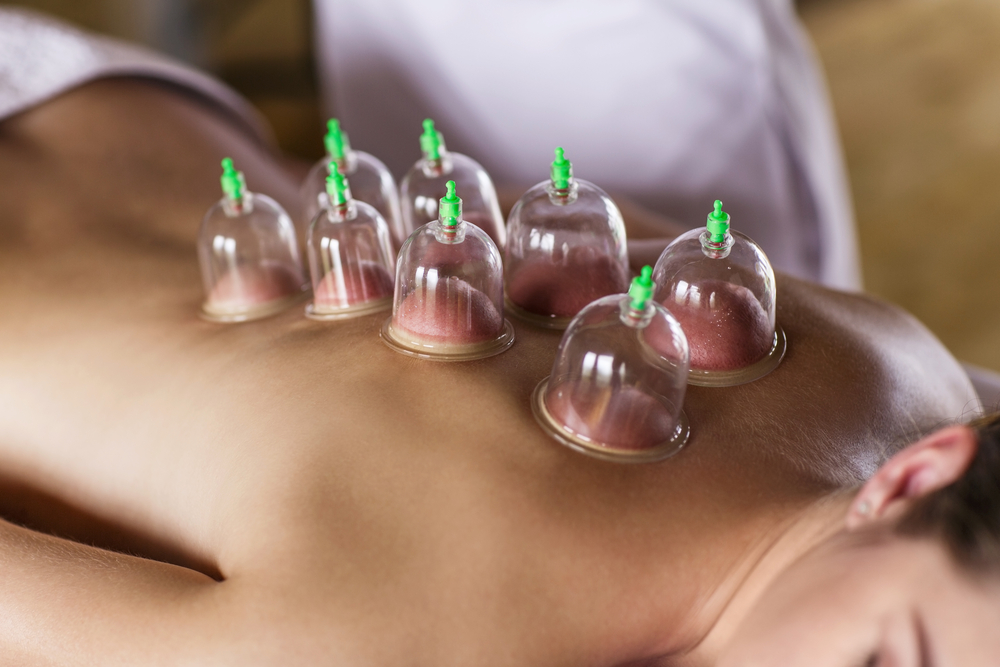Muscle and joint pain can significantly impact daily life, making even simple movements uncomfortable. Many people seek alternative therapies to manage their discomfort, and Hijama wet cupping therapy has gained attention as a potential solution. This ancient practice involves creating small suction points on the skin to promote blood flow and alleviate pain. But does it really work for muscle and joint issues? Let’s explore the science, benefits, and effectiveness of Hijama Wet Cupping Therapy in Dubai.
What Is Hijama Wet Cupping Therapy?
Hijama, also known as wet cupping, is a traditional healing method that dates back thousands of years. It involves placing cups on specific points of the body to create suction, followed by tiny incisions to draw out stagnant blood. The process is believed to remove toxins, improve circulation, and stimulate the body’s natural healing response.
How Does Hijama Work for Muscle and Joint Pain?
Muscle and joint pain often result from inflammation, poor circulation, or toxin buildup. Hijama therapy targets these issues by:
- Enhancing Blood Circulation – The suction effect helps increase blood flow to affected areas, delivering oxygen and nutrients essential for tissue repair.
- Reducing Inflammation – By removing stagnant blood, Hijama may decrease swelling and pressure on nerves, easing pain.
- Stimulating Healing – The controlled micro-injuries trigger the body’s repair mechanisms, accelerating recovery.
Conditions Hijama May Help With
Hijama therapy is commonly used to address various muscle and joint-related issues, including:
- Arthritis – This may help reduce stiffness and discomfort.
- Fibromyalgia – Could alleviate widespread muscle pain.
- Sports Injuries – Promotes faster recovery by improving circulation.
- Chronic Back & Neck Pain – Targets tension and inflammation in affected areas.
Benefits of Hijama for Muscle and Joint Pain
Beyond pain relief, Hijama wet cupping therapy offers several advantages:
✔ Non-Invasive Treatment – Unlike surgery, it involves minimal discomfort.
✔ Natural Healing Process – Encourages the body’s self-repair mechanisms.
✔ Holistic Approach – Addresses both physical and energetic blockages.
✔ Minimal Side Effects – When performed by trained professionals, risks are low.
What to Expect During a Hijama Session
A typical Hijama session follows these steps:
Incision & Blood Removal – Small, controlled cuts allow the extraction of stagnant blood.
Aftercare – The area is cleaned, and patients are advised to rest and stay hydrated.
Most people experience mild soreness post-session, but significant pain relief often follows within days.
Is Hijama Therapy Right for You?
If you suffer from persistent muscle or joint pain and prefer a natural treatment, Hijama wet cupping therapy may be worth considering. Always consult a qualified practitioner to ensure safe and effective application.
Conclusion
While modern medicine offers various pain relief options, traditional therapies like Hijama provide a holistic alternative. By improving circulation, reducing inflammation, and promoting healing, it can be a valuable addition to pain management strategies. If you’re exploring natural ways to ease discomfort, Hijama wet cupping therapy could be a beneficial option.






Comments